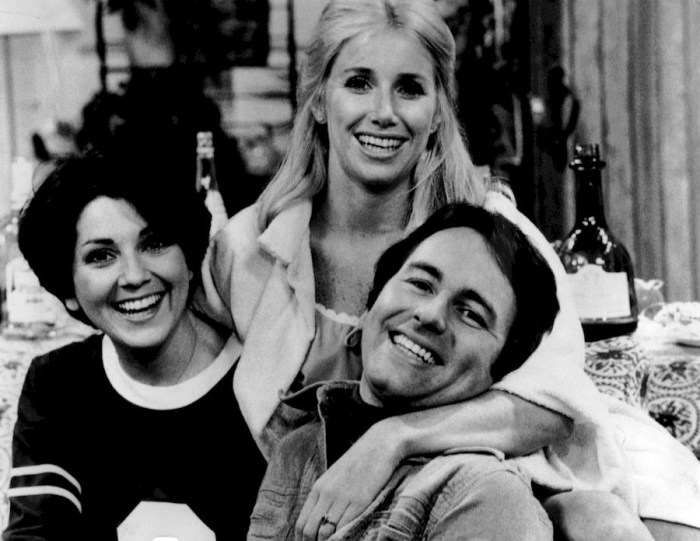Art is in the eye of the beholder, but in New York City it’s increasingly becoming in the eye of the real estate seeker.
Although displayed art work has always been a part of high-end residential buildings, the trend has accelerated in the past five years. Along with amenities like indoor pools, gyms and roof decks, art work is becoming a coveted feature among residents as real estate developers are now turning to big-name artists to incorporate their work into properties. This contemporary art can provide a modern contrast to an older building and its architecture, or contribute to a new building’s design concept. New real estate developments mainly feature artwork as a way to fill wall space in lobbies, lounges and common areas. “Savvy developers are always looking for ways to make their new building stand out among the competition and to get an artist who is well-known to contribute a piece to a building adds to the overall allure.While fine art is appreciated by many homeseekers, at the end of the day, clients rent or purchase property because the design of the living space suits their specific needs and the home is within their budget,” said Jodi Stasse, senior managing director of new developments at Citi Habitats. “The fact the property features a noteworthy piece of art and the publicity that it attracts, may put a particular building on a homeseeker’s radar screen.” Kenton Place
Kenton Place, a prewar high-rise on 63rd Street and Second Avenue in Manhattan, features an art installation by modernist metal sculpturist Albert Paley in the building’s lobby. Paley’s work is on display at the Metropolitan Museum of Art along with others museums in the country. Ice Cream Factory Lofts
The Ice Cream Factory Loftsat 347 Berry St. in Williamsburg, Brooklyn, is a new 23-unit rental building that uses part of a 1919 ice cream factory as its facade. The developer hired Brooklyn-based artist Katie Merz to paint thousands of glyphs in white on the black facade of the building, her signature work. “Our conceptinterprets the life of graffiti, buildings and New York City as layers. Brooklyn is changing and we wanted to build upon, not erase, so we added a new layer both physically, conceptually and artistically,” said Chris Horrigan, of Horrigan Development, the building’s developer. Manhattan Park
Last summer at Manhattan Park, an apartment complex on Roosevelt Island, installation artist Eric Rieger who goes by the name of HOT TEA, painted the pool deck of the complex in candy colors, using about 120 gallons of paint for his entire artwork. For the past two years, local street artists have been commissioned to create an immersive mural around the pool because it becomes a popular hangout during the summer. “HOT TEA creates bright, rainbowlike installations that just make you feel good. We wanted to bring that colorful vibe to Manhattan Park,” said Stasse whose Citi Habitats is doing the marketing and leasing for Manhattan Park. Sky
Sky, a luxury apartment building on 42nd Street and 11th Avenue in Manhattan built in 2015, features a number of artworks by prominent artists, but none possibly as iconic as Yayoi Kusama. The Japanese artist, at 87, holds the record for being paid the highest price for a work as a living, female artist. Along with works by German visual artist Gerhard Richter and American pop artist Tom Wesselmann, three of Kusama’s works are displayed in the building. In the outdoor court, Kusama’s sculpture in bronze, “Large Pumpkin,” weighing 2,668 pounds and measuring approximately 8 feet on all sides, is on display, while two paintings from her “White Infinity Net” series are in the lobby. The Moinian family, the developers of the apartment building, have been patrons of the arts, said Natasha Vardi, senior vice president of residential properties at The Moinian Group, explaining the reason why so much artwork has been installed in the building. 80 DKLB
80 DKLB, a 36-story residential building built in 2010 in Fort Greene, Brooklyn, features the work of Christina Watka, a Manhattan-based porcelain artist. The installation piece titled “Murmuration XV: Mammoth” is a cluster of small hand-sculpted porcelain. “This specific installationmimics the patterns of people walking through the city streets. The installationtravels along a 17-foot wall like a constellation or a herd of animals. The tiny porcelain shapes reflect the activity on the street — people coming home from work or families congregating on the edge of a street waiting for the light to turn,” Watka explained. Forest City Ratner Cos., the developers of the building, wanted to pay “homage” to the contributions of the artists who shape the borough and decided to incorporate art into the building.
“Creating a site-specific installation on the street level of a high-rise building in Downtown Brooklyn was a new kind of project for me. Much of the work I make belongs to private collections, so there are far fewer eyes that get to enjoy it.This project, on the other hand, has a much larger reach,” Watka said.
























